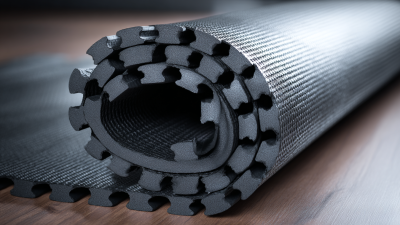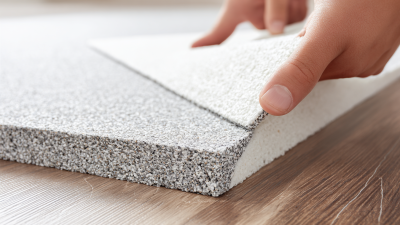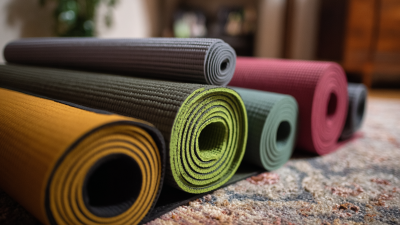When setting up a home gym, choosing the right flooring is crucial to maximize your workout experience and ensure safety. Among various options, Foam Mats are increasingly popular due to their versatility and comfort. According to a report by IBISWorld, the home fitness equipment industry has seen a staggering growth rate of over 25% in the past five years, indicating a clear trend towards more people investing in personalized exercise spaces. Foam Mats not only provide cushioning and support but also help to absorb shock and reduce noise, making them ideal for high-impact workouts. With numerous styles and thicknesses available, it’s essential to understand the specific benefits of Foam Mats to create an effective and enjoyable exercise environment. As you embark on this journey, consider the various attributes that will best suit your needs, ensuring that your home gym is as functional and inviting as possible.
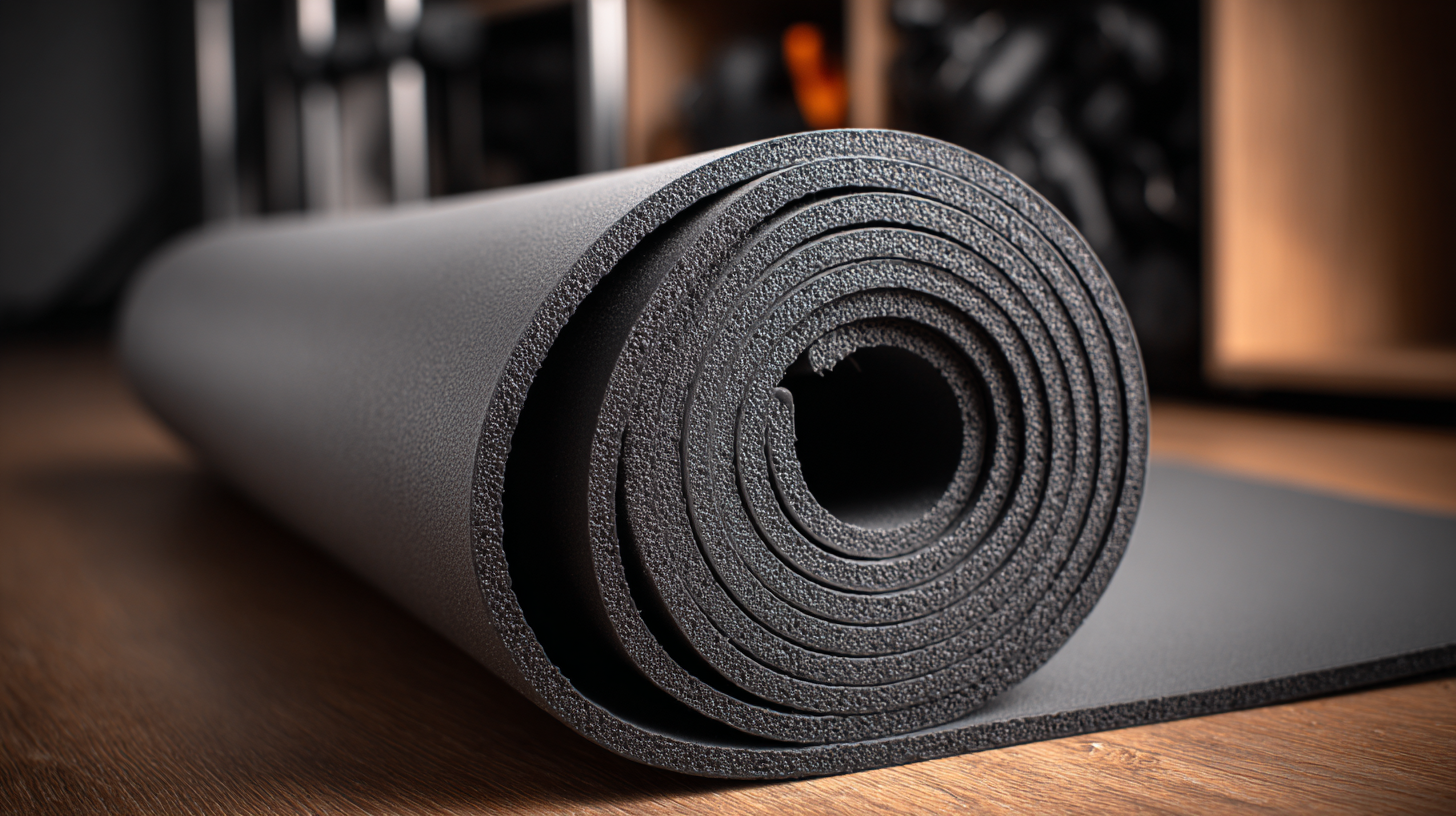
When creating a home gym, choosing the right foam mat is crucial for both comfort and safety. There are several types of foam mats available, each designed to meet various fitness needs.
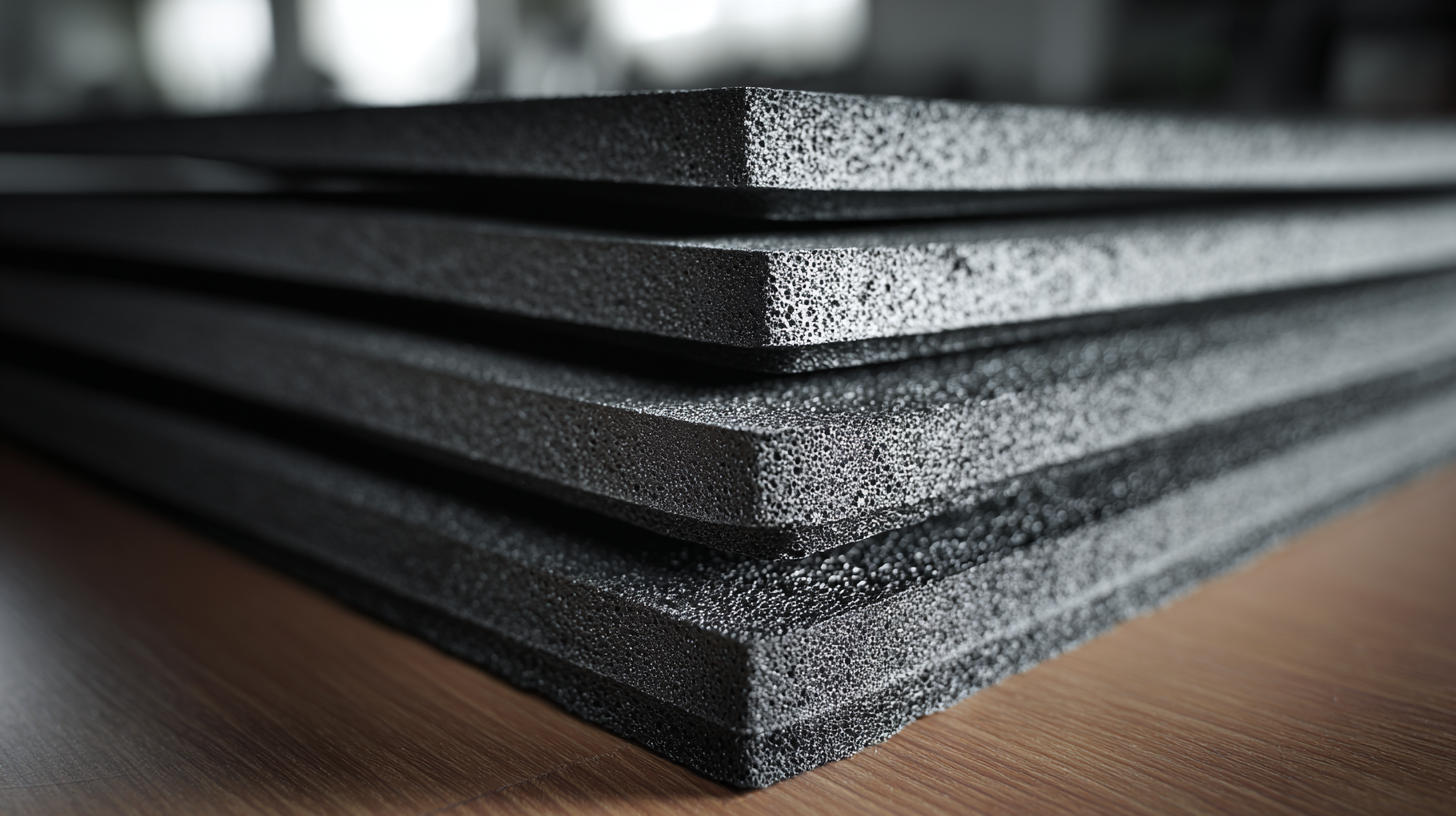 Interlocking foam tiles are popular for their versatility and ease of installation, allowing you to customize the size of your workout area. These tiles typically offer good shock absorption and provide a soft surface, which is ideal for activities like yoga or bodyweight exercises.
Interlocking foam tiles are popular for their versatility and ease of installation, allowing you to customize the size of your workout area. These tiles typically offer good shock absorption and provide a soft surface, which is ideal for activities like yoga or bodyweight exercises.
Another option to consider is high-density foam mats, which are designed for heavier workouts. These mats are thicker and more durable, making them suitable for weightlifting or high-impact activities. They offer excellent cushioning while minimizing the risk of injury during intense training sessions. Additionally, some foam mats come with anti-slip surfaces, providing extra stability when performing dynamic movements. When selecting a foam mat, consider your workout routine and the specific features that will enhance your overall exercise experience.
When selecting foam mat materials for your home gym, several key features must be considered to ensure comfort, safety, and durability. One of the primary factors is the density of the foam. Higher density foams generally provide better support, especially for high-impact workouts, while lower density options may be more suitable for low-intensity exercises like yoga. Be sure to test the foam’s cushioning by walking or performing movements to find the right feel for your routine.
Another important consideration is the mat’s surface texture. Textured surfaces can enhance grip, reducing the risk of slips during workouts, while smooth surfaces may be easier to clean. Consider your workout style; if you frequently perform weightlifting or high-energy routines, opt for mats that provide traction.
Tip: Always check if the foam mats are made from non-toxic materials, especially if you're concerned about chemical exposure. Additionally, look at the ease of maintenance; some mats are waterproof and easier to wipe down after sweaty workouts. Lastly, consider the size and thickness of the mats to fit your available space and workout needs.
When selecting the ideal foam mat for your home gym, evaluating thickness and density is crucial to achieving optimal comfort and support. According to a report by the International Journal of Sports Physiology and Performance, foam mats with a thickness of around 1 inch (2.54 cm) provide a balanced surface for both impact absorption and stability during various exercises. Mats that are too thin may not offer sufficient cushioning, which can lead to discomfort or even injury during high-impact workouts. Conversely, overly thick mats can compromise stability, making it hard to maintain balance during lifts or agility drills.
Density is another critical factor in choosing foam mats. A study published in the Journal of Athletic Training emphasizes that a higher density foam (around 60 kg/m³) tends to offer better durability and support, particularly for weightlifting and dynamic movements. This level of density not only enhances comfort but also helps in energy absorption, which reduces fatigue during extended workout sessions. Choosing the right combination of thickness and density tailored to your specific workout routines will ensure a supportive and comfortable training environment in your home gym.
When setting up a home gym, finding the perfect foam mat requires precise measurement of your available space. Begin by considering the area where you plan to work out. Use a tape measure to assess the length and width of this space, and take note of any obstacles such as furniture or equipment that may affect the layout. It’s essential to allow for enough room not only for exercises but also for movement, ensuring you can transition safely between different activities.
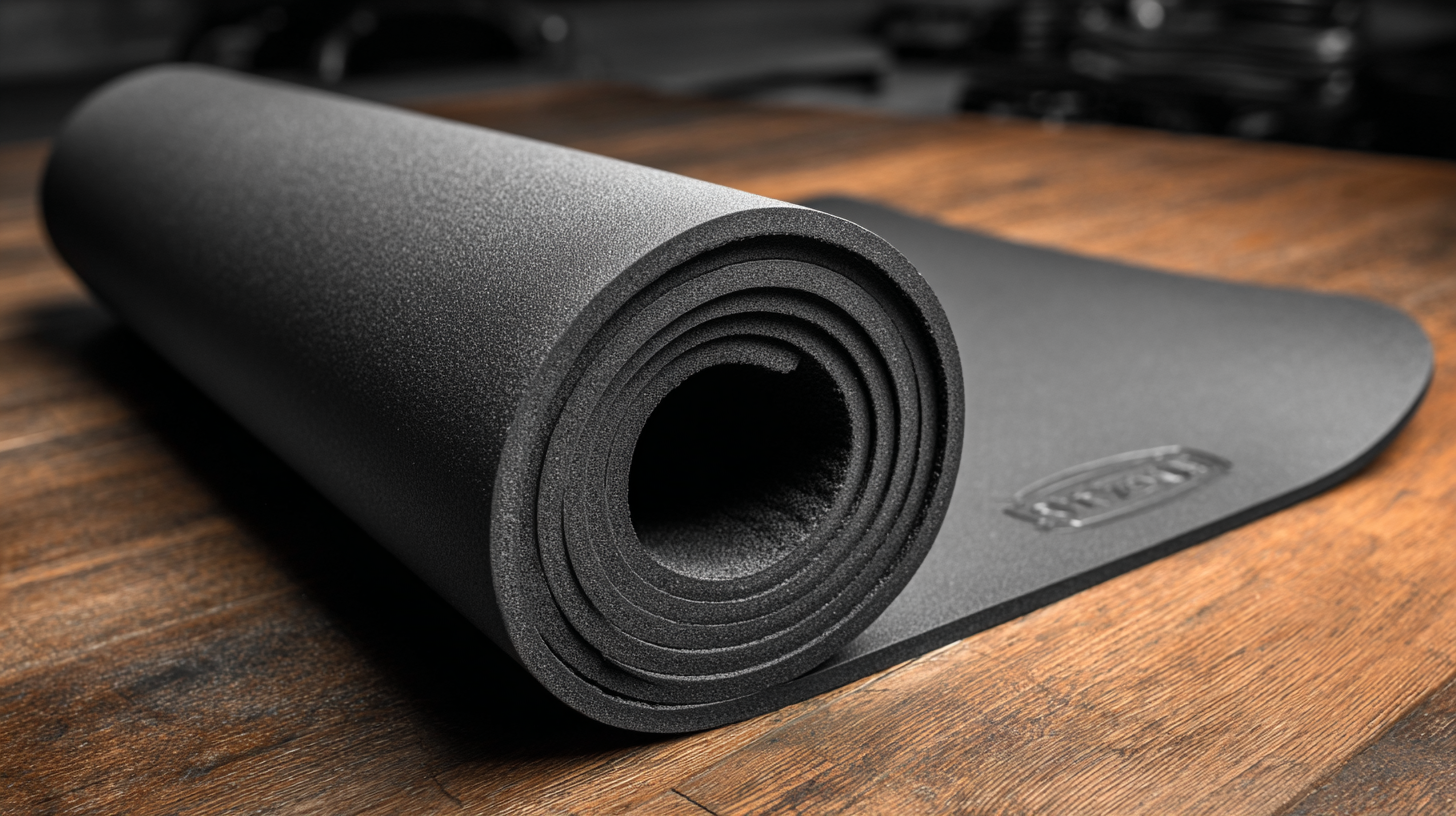 Once you have the dimensions, think about the configuration. For example, if your space is rectangular, you might prefer interlocking tiles that can be tailored to fit snugly in the area. Additionally, consider the thickness of the foam mats, as this can impact comfort and support during workouts. A thicker mat might offer more cushioning, ideal for high-impact exercises, while a thinner option could suffice for stretching or yoga. By carefully measuring your space and understanding your workout needs, you can select foam mats that provide both functionality and comfort, transforming your home gym into a highly efficient training environment.
Once you have the dimensions, think about the configuration. For example, if your space is rectangular, you might prefer interlocking tiles that can be tailored to fit snugly in the area. Additionally, consider the thickness of the foam mats, as this can impact comfort and support during workouts. A thicker mat might offer more cushioning, ideal for high-impact exercises, while a thinner option could suffice for stretching or yoga. By carefully measuring your space and understanding your workout needs, you can select foam mats that provide both functionality and comfort, transforming your home gym into a highly efficient training environment.
When setting up a home gym, choosing the right foam mat is crucial, not only for practical reasons but also for budgetary considerations. High-quality foam mats can enhance your workout experience, providing comfort and support while protecting your floors.
While it’s tempting to opt for the cheapest options available, it’s important to be mindful of potential downsides, such as the unpleasant odors often associated with lower-quality materials. Recent reports have highlighted concerns over inferior foam mats that emit strong odors due to subpar manufacturing standards, which could pose health risks.
To find quality foam mats without breaking the bank, start by researching different brands and reading user reviews. Look for mats that offer a good balance between price and durability. Pay attention to foam density; higher-density options may initially be more expensive but tend to last longer and provide better support. In addition, consider looking for sales or buying in bulk, as this can often lead to significant savings. By carefully evaluating your options and bypassing inferior products, you can invest in foam mats that contribute positively to your fitness journey while keeping your budget intact.
